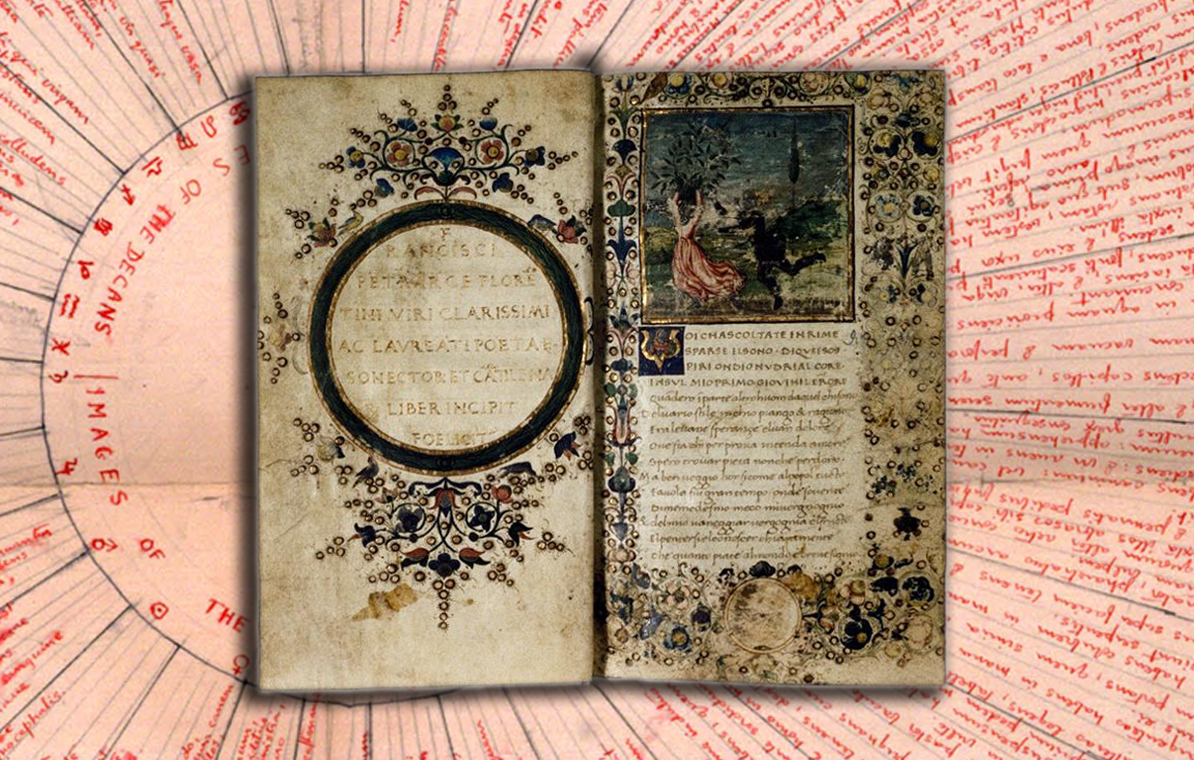Baroque Flair: Seventeenth-century European Sapphic Poetry
DOI:
https://doi.org/10.5399/uo/hsda.1.1.1176Abstract
Early modern women poets across Europe and at least one colony enlisted Petrarchist terms, often with a self-aware, parodic twist. Some examples, considered here, include (first) self-portrait poems that serve to critique not only the lyric speaker/portrait subject’s imperfect face or physique, but the very phenomenon of Petrarchist lyric objectifications of female love objects, and (second) love poems addressed by women to other women. By applying a theoretical grounding that combines feminist, lesbian, and queering approaches, we can bring to these poems a reading that is alert to moments when they reproduce, or rework, the kinds of gendered discourse and heteronormative paradigms that we find in better-known male-authored poems. The essay concludes with a survey of the kinds of cultural work performed by these texts in their ideological, religious, political, and poetic contexts. As cultural premises changed, the poems moved from widespread presence into illegibility or erasure from literary historiography.Downloads
Additional Files
Published
2011-02-05
Issue
Section
Interventions
License
Copyright (c) 2011 Amanda Powell

This work is licensed under a Creative Commons Attribution-NoDerivatives 4.0 International License.
Authors who publish with this journal agree to the following terms:
- Authors retain copyright and grant the journal right of first publication with the work licensed under a Creative Commons Attribution No Derivatives License that allows others to share the work with an acknowledgement of the work's authorship and initial publication in this journal.
- Article and journal metadata is released under a Creative Commons Attribution license.
- Authors may enter into separate, additional contractual arrangements for the non-exclusive distribution of the journal's published version of the work (e.g., post it to an institutional repository or publish it in a book), with an acknowledgement of its initial publication in this journal.
- Authors are permitted to post their work online (e.g., in institutional repositories or on their website) prior to and during the submission process, as this can lead to productive exchanges, as well as earlier and greater citation of published work (See The Effect of Open Access). Indicate that the manuscript is under submission.

